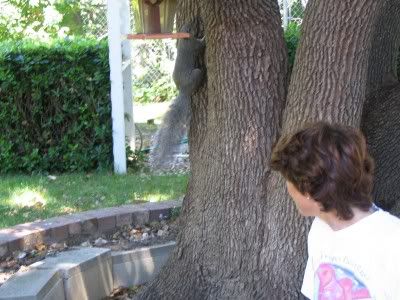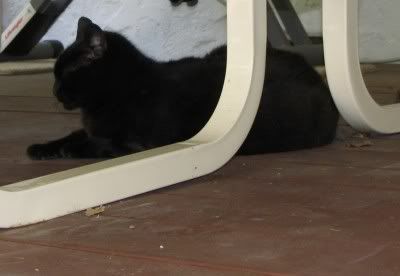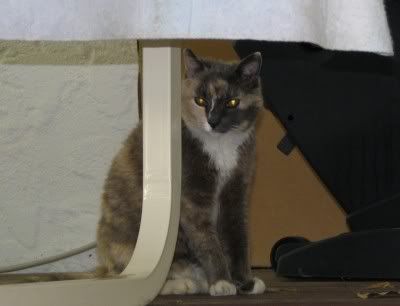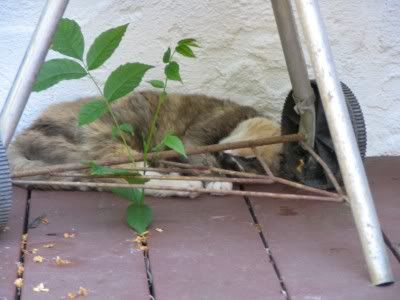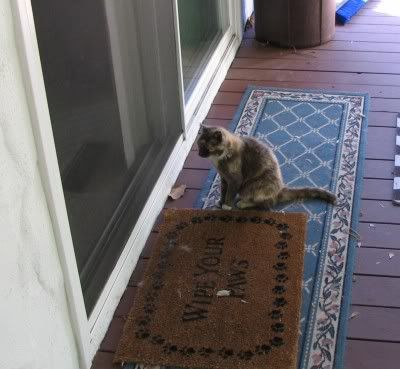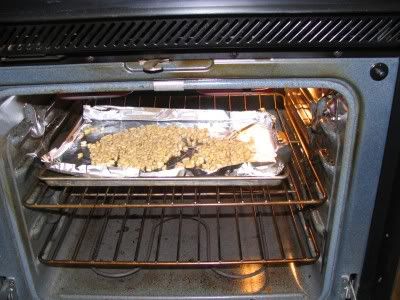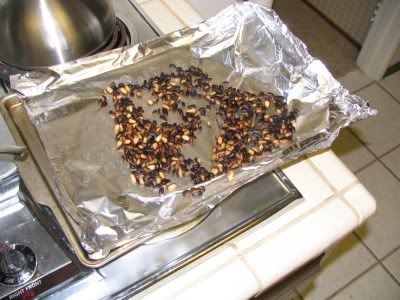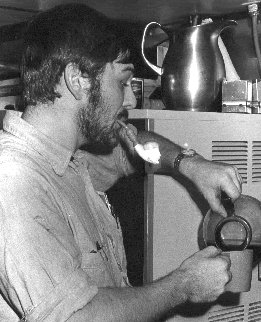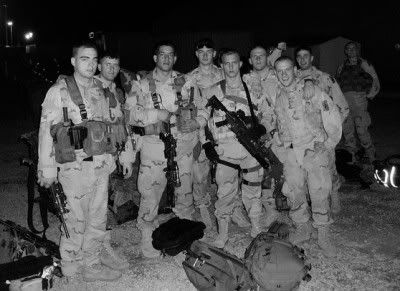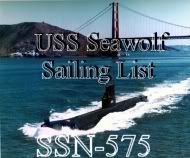i was on the seawolf during her last refueling overhaul. throughout the entire evolution, i shook my head in wonder. HOW the hell are they going to get this thing back together enough to take it to sea? we had hull cuts big enough to load a captain's gig in through. that means all the electrical, hydraulic, air, steam, seawater lines and anything else that traveled along the hull where they made the cut, all were cut off, blanked or capped. we are talking a serious number of vital systems, cut and blanked, or just left to hang there in the breeze. sure, i understood the shipyard knew what each and every line cut did, where it went, and was already marked for reassembly. knowing didn't make me feel any better.
one of the unusual things about the seawolf was that each of her turbines had its own condenser, rather than only one condenser per side in the engineroom. we lined up the 8 thousand gallon per day evaporator steam condensate drains to the port generator typically.
so here we are, on sea trials. for the uninitiated, sea trials is where the shipyard and the navy try everything they can to make sure all systems work as advertised at all advertised depths. taking the boat down to test depth the first time is a long, slow, and carefully orchestrated evolution. once there, you cycle all kinds of stuff to make sure it doesn't bind up and that it will work when called upon in a real world situation. huge test program. at the end of the evolution, we did an airless surface, which means we drove the boat to the surface without blowing down the ballast tanks. slowly.
so we've been to sea for a couple of days, and sea trials seemed to be going alright. there were some minor dings, but overall, things were working well. this was a testament to the thoroughness of the shipyard test program throughout the entire overhaul sequence. we were getting close to the end of the evolution, and only had an emergency blow to the surface from depth to complete that phase of seatrials. things were going so well that the engineer allowed E-div to work on one of the motor generators, because the brushes were sparking something fierce. the boat was leveled to a zero bubble, no way on the ship in preps for the major depth excursion test when...BOOM BOOM BOOM BOOM BOOM. five extremely loud explosions rocked the boat. i was in my rack, just waking up to get ready for watch relief. SLAM the after watertight door in the engineroom hit the stops, and SLAM the ventilation bulkhead flappers were shut and latched.
the bitch in the box gave her typical two clicks on the 1 MC that preceded all announcements and then "FIRE FIRE FIRE IN THE ENG..." and the whole boat went black. i mean fucking black. it was so smokey in the stern room berthing area that you couldn't see the emergency battle lantern mounted on the forward bulkhead 20 feet away.
i scrambled out of my rack, opened the storage locker and began handing out EAB's (emergency air breathing masks that plugged into the ships 100 pound air system). when everyone had one, i took the last one out and put it on, then ran forward to the watertight door, grabbing a set of headphones. as the senior 1st class in the comparment at the time, i assigned guys to check the status of the berthing and stern room, and put a guy on the phones at the after hydraulics for the steering and diving. we were so busy getting all the info so we could report to control that i don't think any of us was rattled...yet. a couple of minutes after we were able to make our report, and request permission to enter the engineroom as the casualty assistance team (which was denied) i realized i was standing there buck naked. not even a pair of socks on. and i wasn't the only one. we took turns on the phones as we got dressed. for the next 20 minutes or so, we could only listen to what was going on over the phone circuits as the onwatch section tried to recover the plant. we took an air sample at the hatch and found the carbon monoxide levels 500 times the lethal level, and that wasn't in the affected compartment.
we were stuck in the ass end of the boat, behind the engineroom. all of those old WWII movies ran through my head, where some of the crewmen were trapped on the other side of the casualty, and couldn't be saved. soon, we felt the boat tilt up as the ballast tanks were blown. we ascended without any way on the boat, so when we finally broke the surface, it was like a cork released from the bottom of a swimming pool. we had a 5 to 7 degree starboard list, and the boat was wallowing in the waves. they finally let a couple of us into the engineroom to help line up the diesel for power and to emergency ventilate the engineroom. the whole starboard side of the forward engineroom was black. 5 of the 6 main power cables coming off of the bus bars on the turbine had simply evaporated, leaving 18 inches of airspace between ends. the locker above the cables was slagged, and the 2 1/2 inch combination wrench on the top shelf was now a pair of ends with no middle. the deckplate was slagged, as well as the heads and valve covers of the starboard diesel. the starboard motor generator was toast.
during the recovery, where an electrician stood with his finger holding the overload button in on one of the motor generators to keep it from tripping, we got every chemistry alarm in existence. but since we were in pretty dire straits, they decided to ignore them until the steam generators were back on line, and the main engines were operating. we were able to cross connect the starboard main to the condensate header and isolate the starboard turbine generator (the culprit in this little exercise). i won't say what we found in the generator, or what the levels were, but the navy's limit was exceeded by 19 times in one generator, and 15 times in the other. we finally figured out that the engineroom lower level watch didn't cut out brine dilution from the 8k evaporator when the shit hit the fan, and it backed up the shell and overflowed into the air ejector condenser, and into the port turbine generator. crapped up the whole plant. since the whole plant was in a pretty bad shape, the skipper denied me permission to do my immediate actions for the casualty. even the reserve feed tanks were contaminated, but to a much lower level than was in either steam generator. that's why he was the captain. he was paid to make those kinds of decisions.
when we pulled into mare island, the local paper got a picture of the boat, with a couple crewmen laying topside. the caption was "sailor's bask in the february sun following a successful seatrial". actually, the doc had them up there because of smoke inhalation.
we spent another 3 months getting the boat put back together, with new main power lines to the switchboards. apparently the insulation on the wiring was at least 20 years old, and lifting the leads to silverplate the connectors cracked the years of paint that had accumulated, giving a false impression that the insulation was ok. all of the angles and dangles of sea trials, plus just the vibration from operations cause oil vapor from a seal to drop the dielectric constant of air low enough that the cables completed a circuit to the deck above, blowing the hell out the place. the navy estimated that the first explosion was about the equivalent of 5 sticks of dynamite, based on how far through the snorkel exhaust piping copper atoms were blown. and there were 5 of them.
a no shit complete loss of all power at depth during sea trials, with an accompanying electrical fire is something i can say i've done, but don't even want to experience again, not for a million dollars.
i wasn't a hero on that one. i was stuck on the other side of the bulkhead, listening to my fate being decided by the actions of the watchstanders in the engineroom. i didn't get into the action until after we were surfaced and lining up to snorkel. but i was close enough to know i don't ever want to do that again.
Labels: seastory, seawolf





